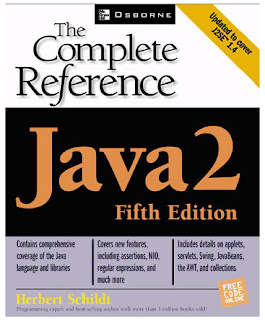Software Engineering
In this part of Software Engineering: A Practitioner’s Approach, you’ll learn about the product that is to be engineered and the process that provides a framework for the engineering technology. The following questions are addressed in the chapters that follow:
• What is computer software . . . really?
• Why do we struggle to build high-quality computer-based
systems?
• How can we categorize application domains for computer
software?
• What myths about software still exist?
• What is a “software process”?
• Is there a generic way to assess the quality of a process?
• What process models can be applied to software development?
• How do linear and iterative process models differ?
• What are their strengths and weaknesses?
• What advanced process models have been proposed for software
engineering work?
Once these questions are answered, you’ll be better prepared to understand the management and technical aspects of the engineering discipline to which the remainder of this book is dedicated.
To Down Load CLICK HERE
Data Communication and Networking

Data communications and
networking are topic that have moved from the technical world to the public
realm. Products such as MP3 players and cellular phones are no longer the
manifestations of high tech wizardry, but are gadgets toted by everyone from
preteens to grandparents. Progress in data communications and networking
technologies is proceeding at a rapid rate. Bunny-ear antennas on television
have gone the way of the dinosaurs, phased out by digital cable and satellite
dishes. the home office is moving toward wireless connections as well. The end
user of such technologies is only required to know how to use the systems.
To Down Load Book CLICK HERE
To Down Load Book CLICK HERE
Subscribe to:
Posts (Atom)













